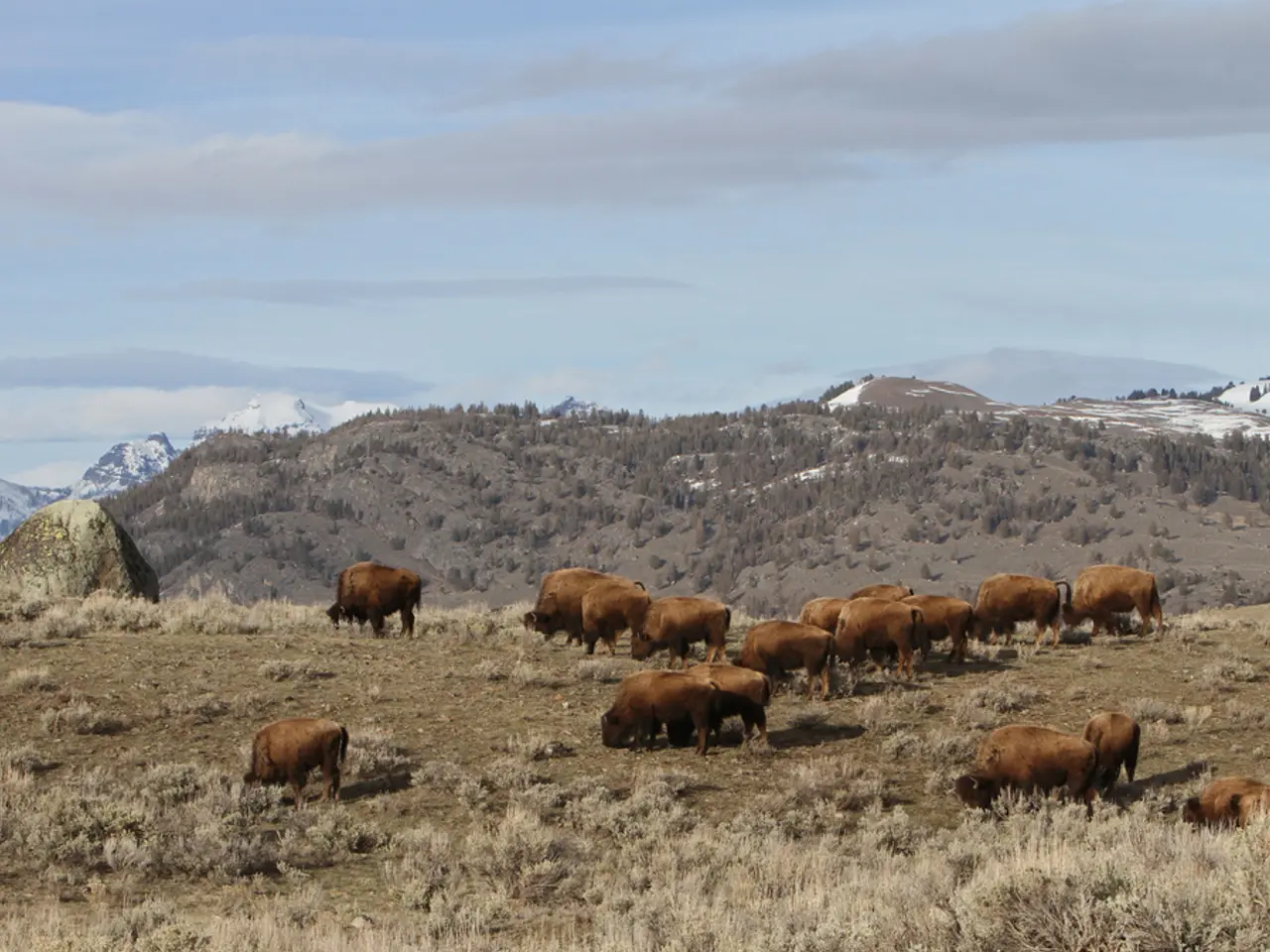America's wild horse herds are expanding rapidly, but at what price for our ecosystem?
In the vast landscapes of the American West, a symbol of freedom and wildness continues to thrive – the wild horse. However, the romanticised image of these creatures belies the complex reality of their management and the impact they have on the environment.
Currently, there are an estimated 90,000 wild horses and burros roaming free on the range, alongside another 50,000 in captivity. This sizeable population, a remnant of the domesticated horses brought over by Spanish colonisers, is causing environmental damage due to their non-native presence and lack of effective management.
The Bureau of Land Management (BLM), the primary agency responsible for wild horse management in the United States, is mandated to do so by the Wild Free-Roaming Horses and Burros Act of 1971. However, the administration of this task is spread across multiple federal, state, and tribal agencies, contractors, and volunteers, making it a challenging endeavour.
One of the main concerns is the overpopulation of these animals. The BLM is required by law to mitigate wild horse populations so they don't exceed the Appropriate Management Level (AML) of approximately 30,000. Unfortunately, current numbers are far from this target, with estimates putting the total population at 140,000.
Horses, being large grazers, pull grass and plants out by the root, hindering regrowth. This, coupled with their invasive and highly adaptable population, is causing changes in plant community structure and diversity, and contributing to the drought conditions in the region. In desert environments, wild horses further deplete already limited water resources.
Helicopter roundups, a controversial practice among wild horse advocates, are used to corral these animals and keep them on public lands or in facilities for training or adoption. However, this method has been criticised for potential family separation and trauma.
The Wind River Wild Horse Sanctuary, the only one of its kind in the U.S. that sits on Native land, is one example of a more compassionate approach. Run by Jess Oldham and his family since 2016, the sanctuary provides a safe haven for these animals while promoting responsible management and conservation.
As the American West grapples with a "megadrought" that has led to water rationing in some areas, the road ahead in managing wild horses and conserving the region's landscapes requires compromise and progress, not just fighting to be heard or right. It's a delicate balance between respecting the symbolic value of these creatures and ensuring their impact on the environment is manageable.
Many struggle to see the fast-growing population of wild horses as a problem due to admiration and deep relationships with them. It's a testament to the enduring allure of these animals, a reminder of the wild, untamed spirit of the American West. But as the region faces unprecedented challenges, it's crucial that we find a way to coexist with these magnificent creatures in a sustainable and responsible manner.
Read also:
- Nightly sweat episodes linked to GERD: Crucial insights explained
- Antitussives: List of Examples, Functions, Adverse Reactions, and Additional Details
- Asthma Diagnosis: Exploring FeNO Tests and Related Treatments
- Unfortunate Financial Disarray for a Family from California After an Expensive Emergency Room Visit with Their Burned Infant








